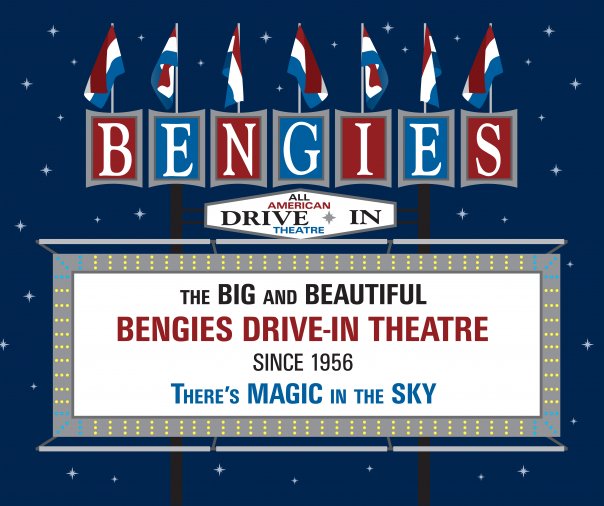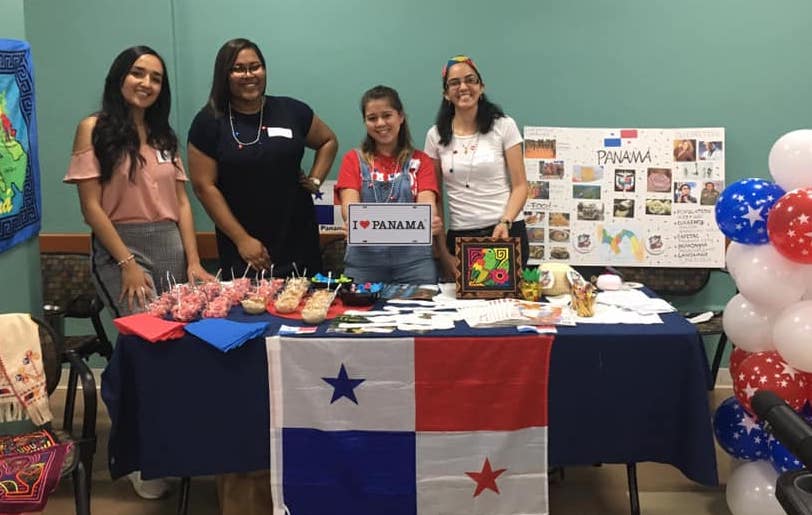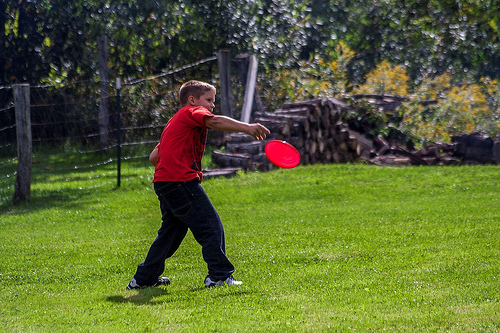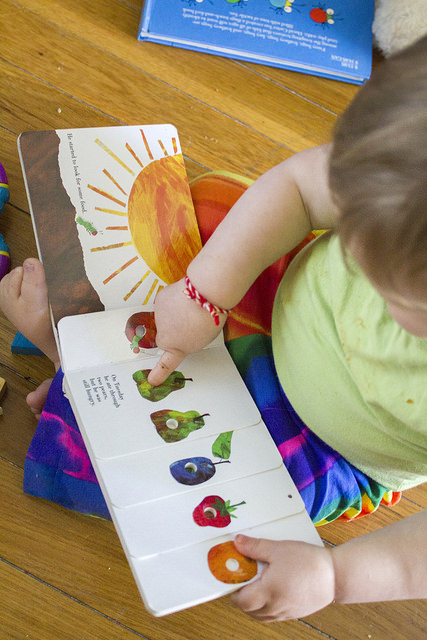These tips are not intended to scare you, but to make you aware of some simple things you can do to prevent being the victim of a crime.
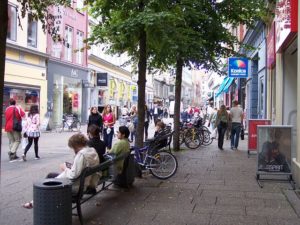
- When you get into an Uber or Lyft, make sure the vehicle matches the description and the driver is who the app shows.
- When riding on metro, try to wait in well lit areas where there are other people and try to get into a train car with other people, rather than being alone.
- Be very careful using outside ATMs at night or in unfamiliar surroundings.
- When walking, face the oncoming traffic. It will be harder for someone to pull you into a car and abduct you. You can also see cars coming in your lane.
- Tell someone where you’ll be and what time you’re supposed to return, or if you will be with someone you don’t know well.
- If you are meeting someone new for the first time, meet in a public place.
- Don’t overload yourself with packages. If you must have your hands full, visualize how you would respond if approached, how you would get your hands free, etc.
- Don’t wear earbuds or headphones, while walking or jogging.
- Don’t read or get distracted by your cell phone while walking or standing on the street.
- Pay attention to what is going on around you and be aware of people near you.
Photo: Antonio Touriño


